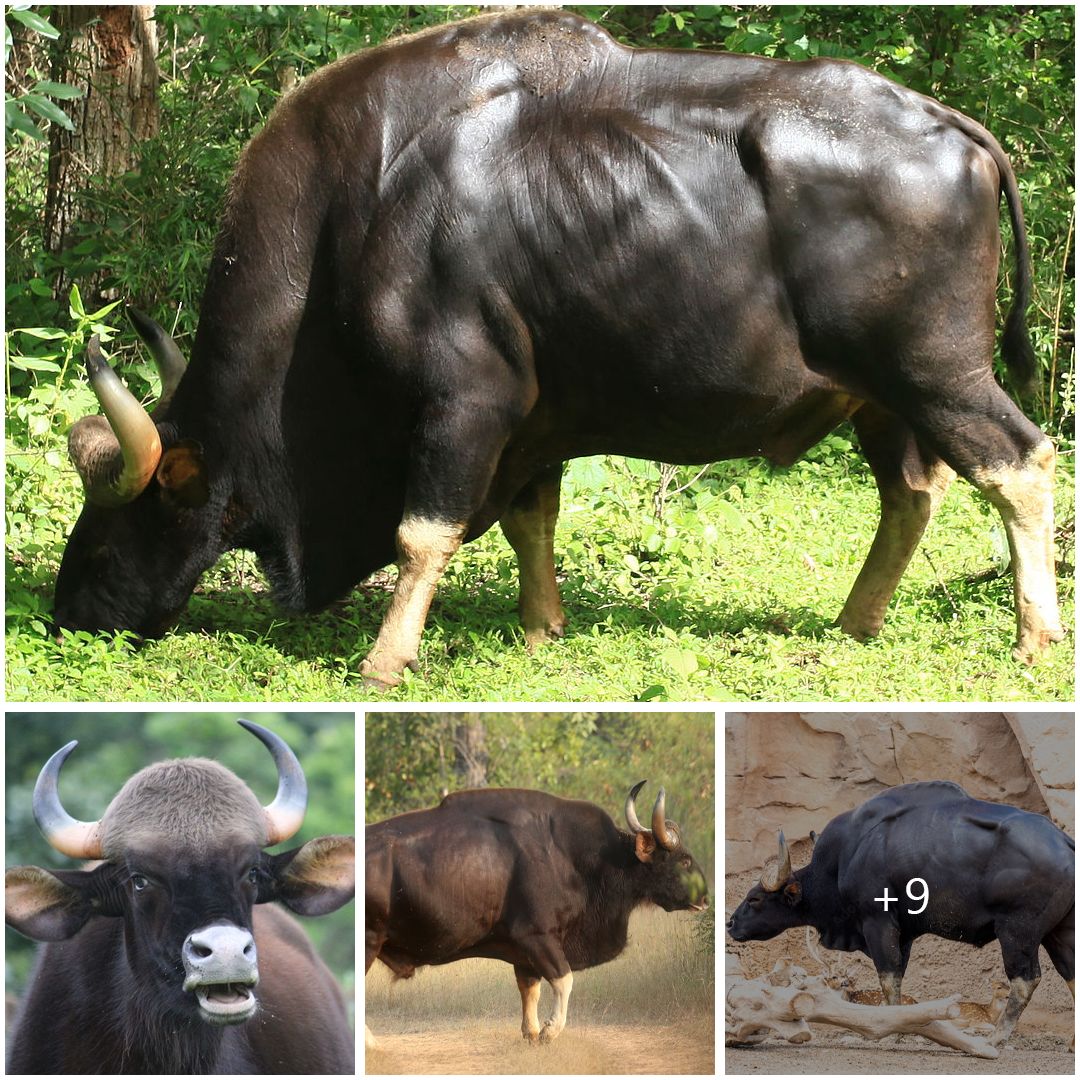
Bos gaurus: Exploring the World of the Gaur
Bos gaurus, commonly known as the Gaur, is a magnificent species of wild cattle native to the forests and grasslands of South and Southeast Asia. With its imposing stature, formidable presence, and fascinating behaviors, the Gaur captivates the imagination of wildlife enthusiasts and conservationists alike.
The Gaur is the largest species of wild cattle, with adult males often standing over six feet tall at the shoulder and weighing up to 1,500 kilograms. Its muscular build, dark brown coat, and distinctive white stockings on its legs make it a striking sight in its natural habitat. Additionally, both males and females possess formidable horns that curve gracefully outward and can reach lengths of over a meter in some cases.
These majestic herbivores are predominantly found in dense forests and hilly terrain, where they graze on a variety of grasses, leaves, and shrubs. Despite their large size, Gaur are surprisingly agile and can navigate steep slopes and dense vegetation with ease. Their keen senses and cautious nature help them detect potential threats, making them elusive and challenging to observe in the wild.
The social structure of the Gaur is characterized by small family groups led by a dominant male known as a “bull.” These groups typically consist of females and their offspring, with males becoming solitary as they reach maturity. During the breeding season, known as the “rut,” dominant males engage in fierce battles for the opportunity to mate with receptive females, displaying their strength and dominance through vocalizations and physical contests.
Despite their formidable appearance, Gaur face numerous threats to their survival, primarily due to habitat loss, poaching, and human-wildlife conflict. Deforestation and agricultural expansion have led to the fragmentation and degradation of their natural habitats, forcing Gaur into closer proximity to human settlements where they are susceptible to poaching and retaliatory killings.
Conservation efforts aimed at protecting Bos gaurus and its habitat are crucial for ensuring the long-term survival of this iconic species. Strategies such as habitat restoration, protected area management, and community engagement are essential for mitigating threats and promoting coexistence between humans and wildlife. By raising awareness of the importance of preserving biodiversity and advocating for the conservation of key habitats, we can work together to secure a brighter future for the Gaur and other threatened species.
In conclusion, Bos gaurus, the Gaur, stands as a symbol of strength, resilience, and natural beauty in the forests of Asia. With its imposing presence and fascinating behaviors, this majestic species reminds us of the importance of protecting our planet’s rich tapestry of life for future generations to enjoy.





